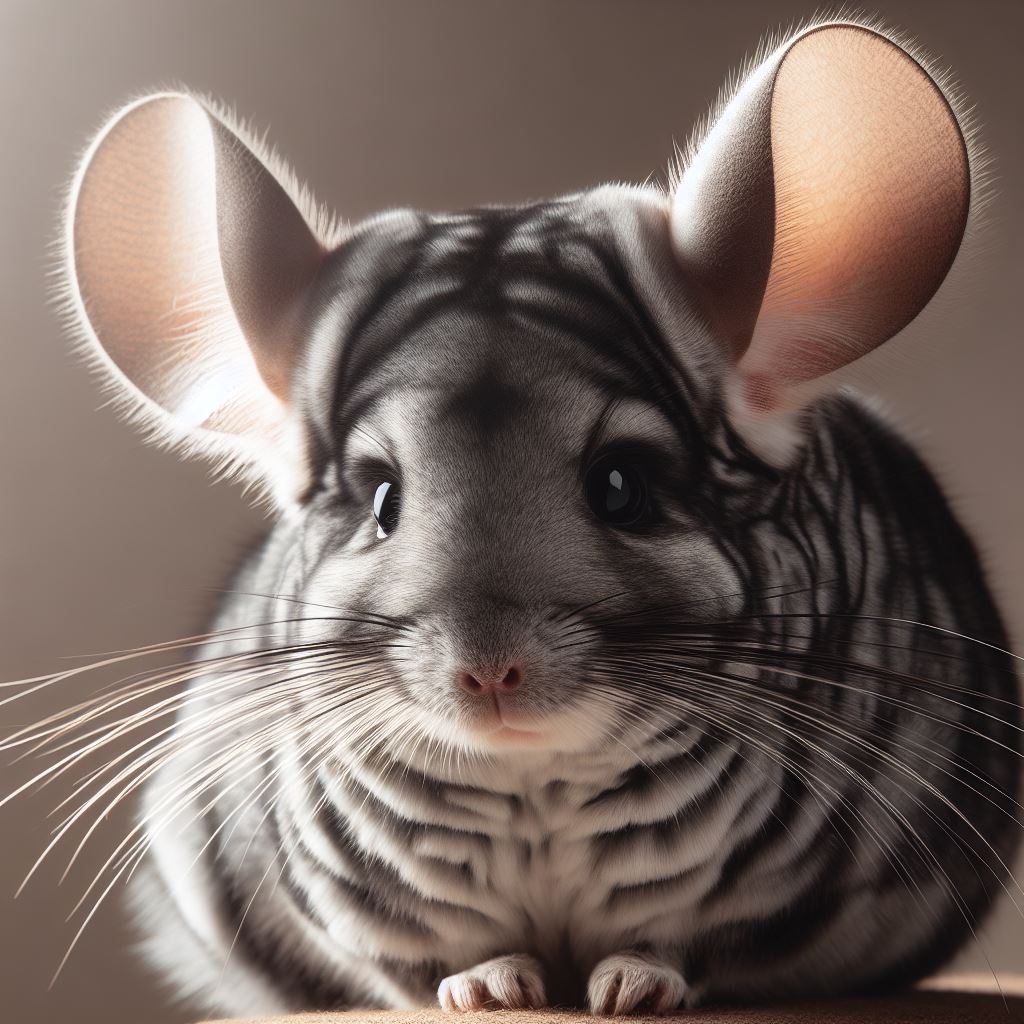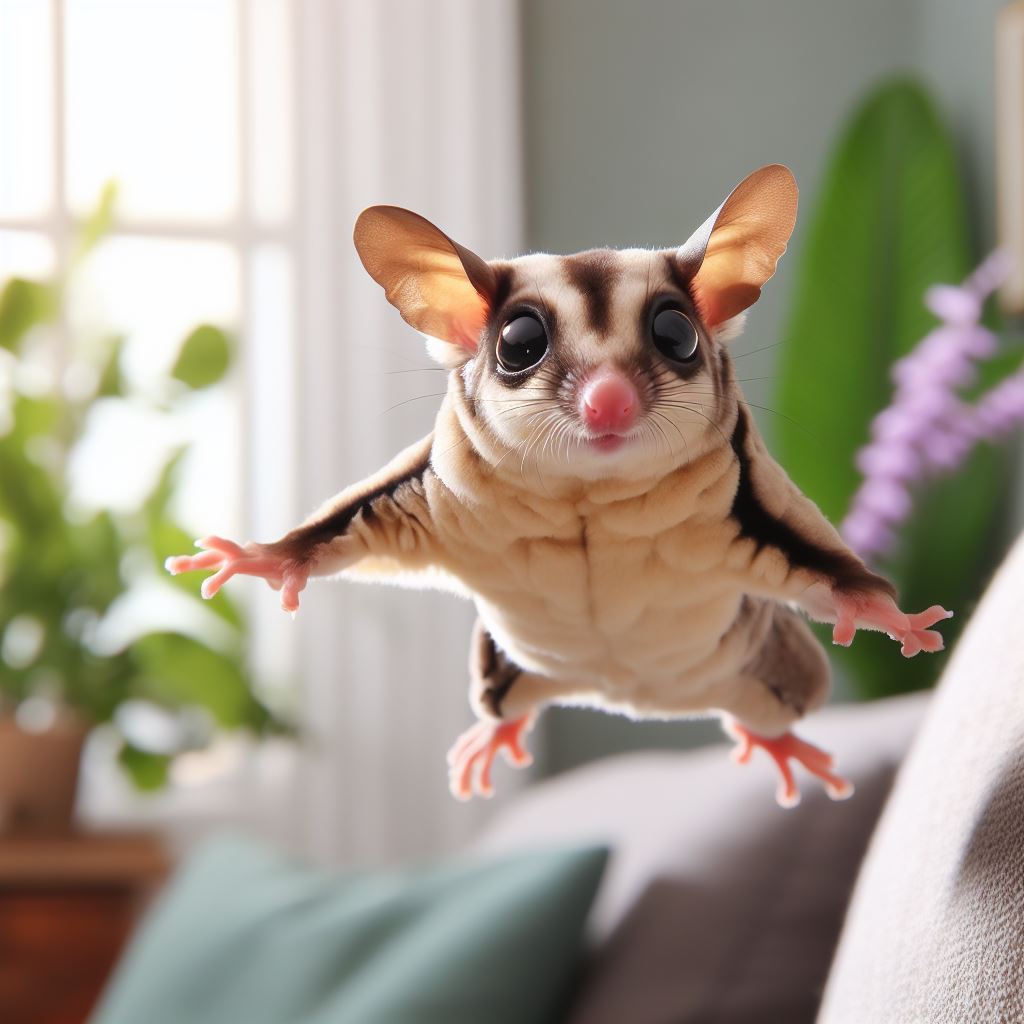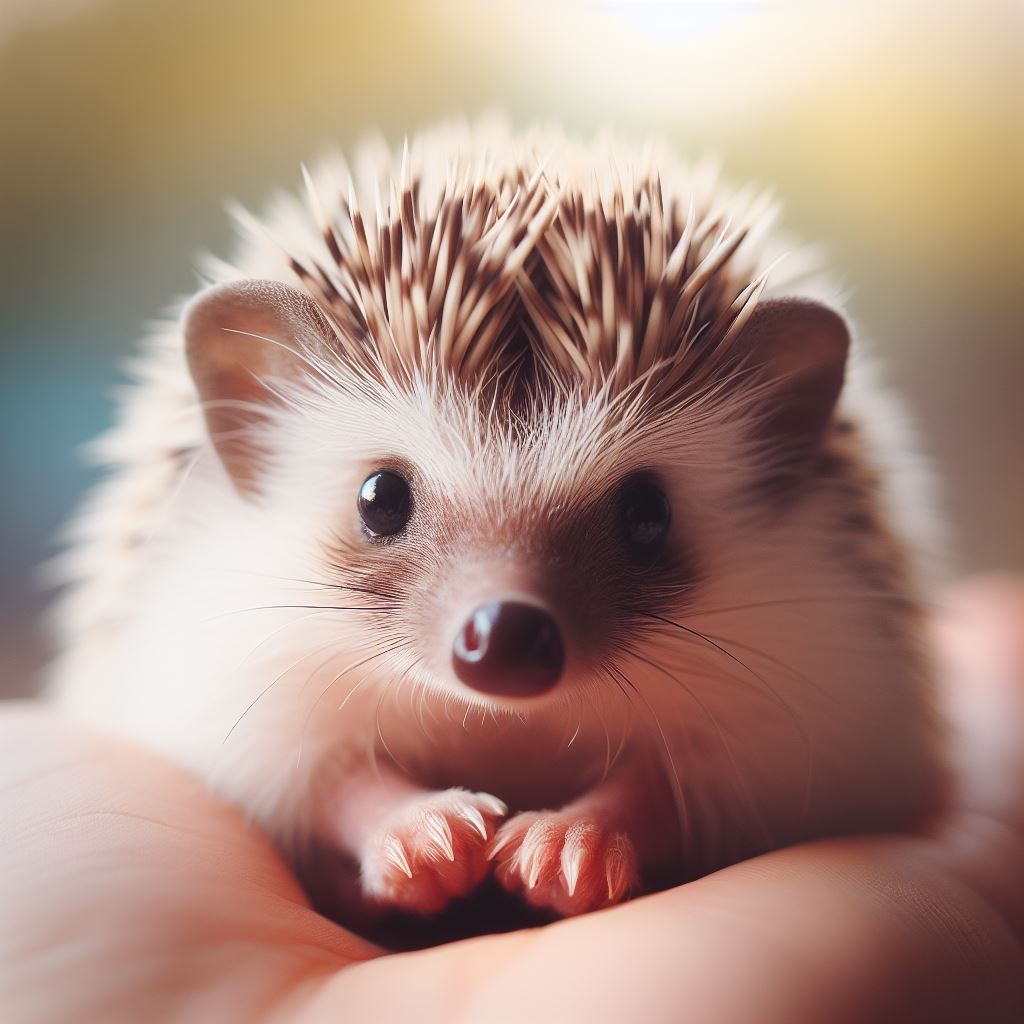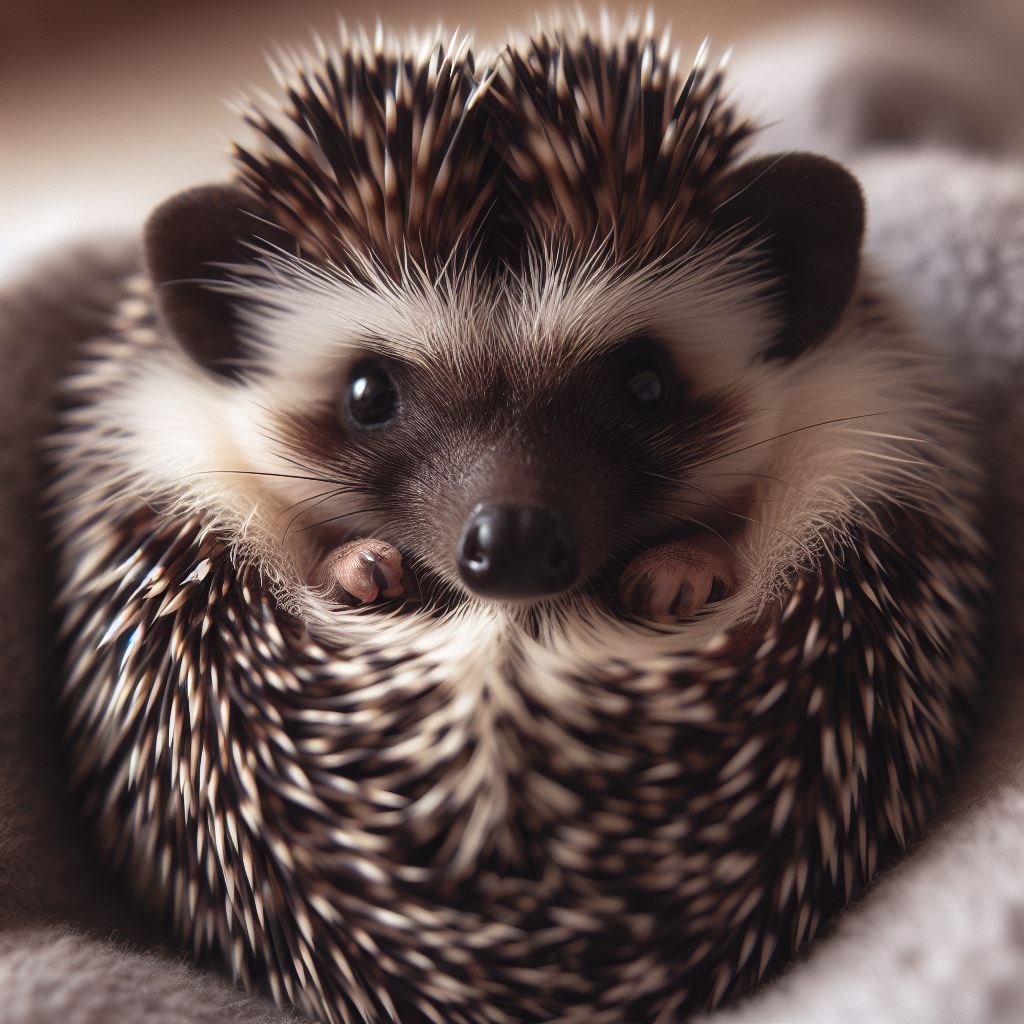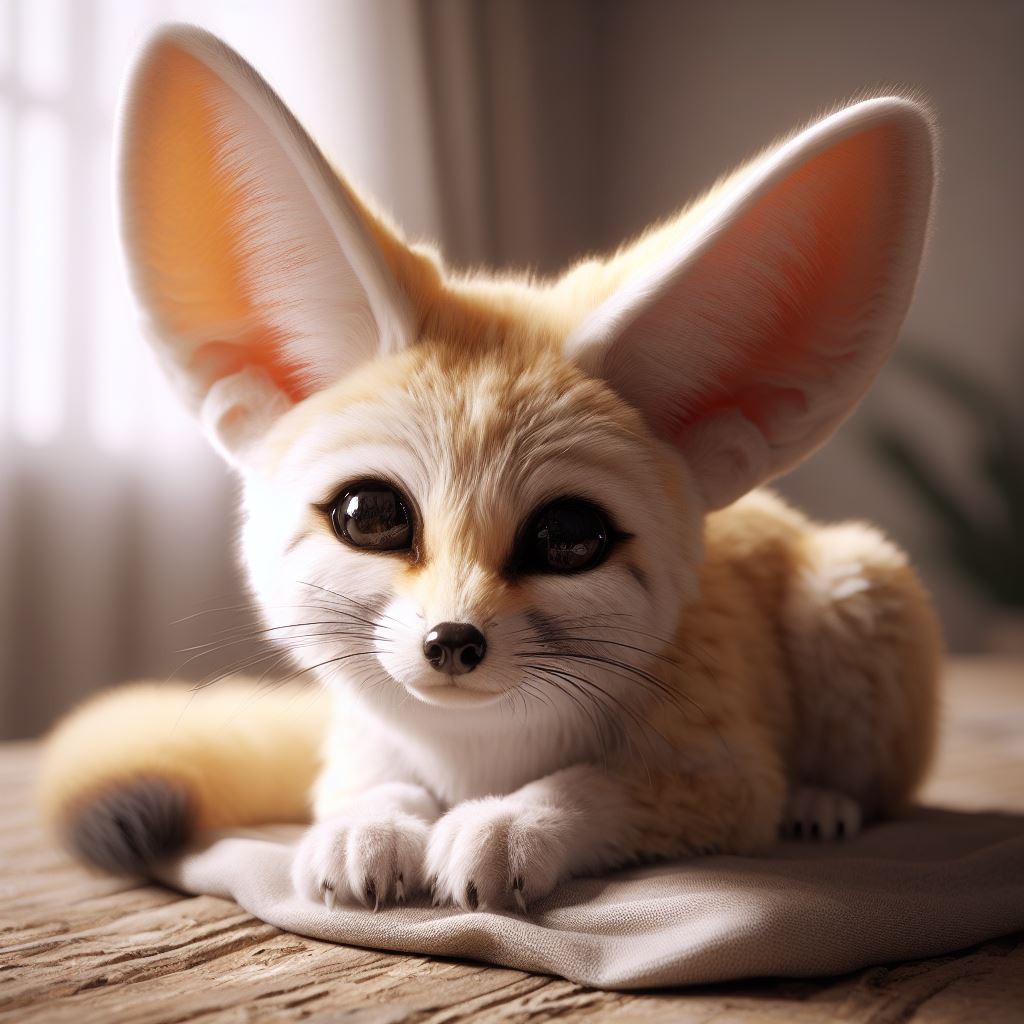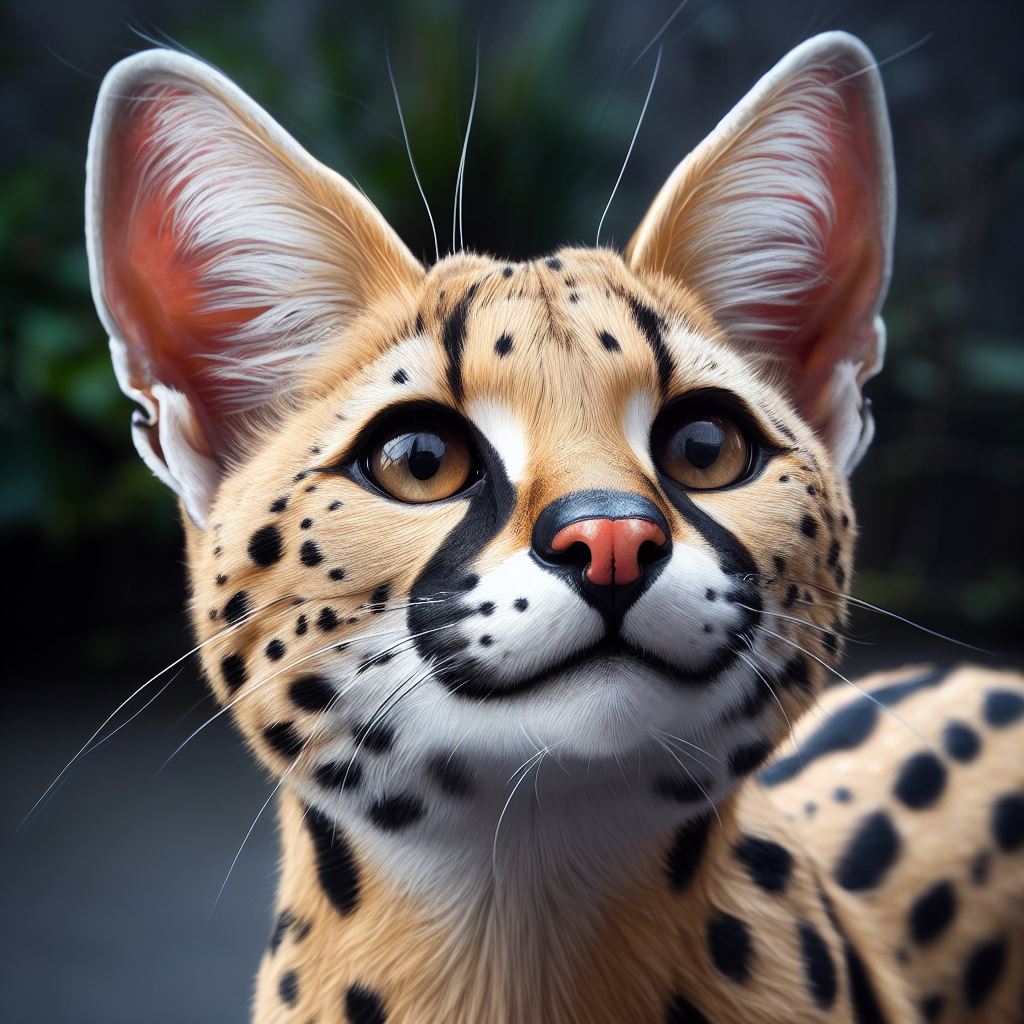Chinchilla, this delightful ball of fur, has become increasingly popular as an exotic pet. Its fluffy charm and playful nature make it a favorite choice for pet enthusiasts. In this comprehensive guide, we’ll explore every aspect of chinchilla care, ensuring you have all the information you need to provide a happy and healthy life for your new companion.
Chinchilla Species and Varieties
Chinchillas belong to the rodent family and are native to the Andes Mountains in South America. There are two primary species: the Chinchilla Lanigera, known for its ultra-soft fur, and the Chinchilla Brevicaudata, a rarer variety. Each species has its unique characteristics, but both make delightful pets.
Legal Considerations and Regulations
Before welcoming a chinchilla into your home, it’s essential to understand the legal aspects. Check your local regulations and ensure you have the necessary permits, as some regions have restrictions on exotic pet ownership. Adhering to these rules is crucial for both your chinchilla’s well-being and your legal standing.
Housing and Enclosure
Choosing the Right Cage: Size and Design
Investing in a spacious cage is paramount. Chinchillas are active creatures; a large, multi-level cage provides the necessary room for exercise and exploration. Opt for cages made of metal with narrow spacing between bars to prevent escapes.
Cage Placement and Environment
Place the cage in a quiet, well-lit room away from direct sunlight and drafts. Chinchillas are sensitive to temperature fluctuations, so maintain a consistent room temperature between 60-70°F (15-21°C). Provide plenty of ventilation while avoiding overly humid conditions.
Bedding and Substrate Options
Line the cage with safe bedding materials such as aspen shavings or paper-based bedding. Avoid cedar or pine shavings, as the oils can be harmful to chinchillas’ respiratory systems. Regularly clean the bedding to maintain a hygienic environment.
Cage Accessories: Wheels, Hammocks, and Hideouts
Enrich your chinchilla’s living space with accessories. Include a solid exercise wheel to support their natural need for physical activity. Hammocks and hideouts provide security and comfort. Rotate toys regularly to keep your chinchilla mentally stimulated.
Nutrition and Diet
Selecting High-Quality Chinchilla Pellets
A balanced diet is crucial for chinchillas’ well-being. Choose high-quality pellets specifically formulated for chinchillas. Avoid mixes with nuts and seeds, as these are high in fat and can lead to health issues.
Fresh Hay: Importance and Varieties
Hay is a staple in a chinchilla’s diet. It aids in digestion and maintains dental health. Provide unlimited access to fresh grass hay, such as Timothy hay. The coarse texture promotes dental wear, preventing the overgrowth of teeth.
Safe Fresh Foods: Vegetables and Fruits
Supplement your chinchilla’s diet with fresh vegetables and fruits. Offer small amounts of leafy greens like kale, spinach, and dandelion leaves. Additionally, provide occasional treats like apples or carrots, ensuring they are free from pesticides and sliced into small, manageable pieces.
Fresh Water Supply and Hydration Needs
Always provide clean, fresh water in a sipper bottle. Monitor water intake, especially during warmer months, to prevent dehydration. Chinchillas are prone to urinary issues, so proper hydration is essential for their health.
Exercise and Mental Stimulation
Importance of Exercise for Chinchillas
Regular exercise is vital for chinchillas’ physical and mental well-being. Provide opportunities for supervised playtime outside the cage. Exercise promotes muscle development and prevents obesity.
Safe Playtime Activities and Playpen Setup
Create a safe play area with chinchilla-proofed surroundings. Remove potential hazards, secure electrical cords, and close off small spaces where your chinchilla might hide. Use a playpen to create a secure environment for exploration.
Providing Mental Stimulation: Toys and Treats
Chinchillas are intelligent animals that require mental stimulation. Offer a variety of toys, such as chew blocks, tunnels, and puzzle feeders, to engage their curious minds. Rotate toys regularly to maintain interest. Additionally, provide healthy treats as rewards for positive behavior during training sessions.
Social Interaction and Bonding with Humans
Chinchillas are social animals that thrive on interaction. Spend quality time with your chinchilla daily. Gently pet and talk to them to build trust and strengthen your bond. Be patient, as chinchillas may take time to acclimate to human interaction, especially if they are new pets.
Grooming and Hygiene
Bathing Techniques: Dust Baths and Frequency
Chinchillas maintain their hygiene through dust baths. Provide a shallow container filled with chinchilla-specific dust. Allow your pet to roll and groom themselves regularly. Avoid water baths, as chinchilla fur does not dry quickly and can lead to skin issues.
Nail Clipping and Dental Care
Regular nail trimming is essential to prevent overgrown nails that can cause discomfort. Use a small, guillotine-style nail clipper designed for small animals. Dental health is vital; provide wooden chew toys to promote natural wear and prevent dental problems.
Fur Care: Brushing and Preventing Fur Chewing
Chinchillas have dense fur that requires regular grooming. Use a soft-bristled brush to remove loose fur and prevent matting. Monitor your chinchilla to prevent fur chewing, which can indicate stress or health problems. Address the underlying cause promptly.
Recognizing Signs of Illness or Discomfort
Stay vigilant for signs of illness, such as changes in appetite, lethargy, or difficulty breathing. Chinchillas are prey animals, so they may hide signs of illness. If you notice any unusual behavior or symptoms, consult a veterinarian experienced in exotic animals immediately.
Reproduction and Breeding
Understanding Chinchilla Reproduction Cycles
Chinchillas have a predictable reproductive cycle. Females, called sows, have a gestation period of approximately 111 days. Be prepared for the possibility of unexpected pregnancies if you have both male and female chinchillas.
Responsible Breeding Practices
Breeding chinchillas should be undertaken responsibly and ethically. Understand the complexities of chinchilla genetics and avoid inbreeding. Responsible breeding contributes to the overall health and longevity of the chinchilla population.
Caring for Pregnant and Nursing Chinchillas
Provide extra care and nutrition to pregnant and nursing chinchillas. Offer a well-balanced diet rich in nutrients to support the mother’s health and the development of the kits (baby chinchillas). Monitor the mother’s weight and behavior closely.
Handling Chinchilla Babies (Kits) and Weaning Process
Handle chinchilla kits gently and minimally during their early days. Kits are born fully furred and with open eyes, but they are delicate. Allow the mother to care for them, intervening only if necessary. The weaning process typically begins around 6-8 weeks of age, but observe the kits’ behavior to ensure they are ready for the transition to solid food.
Health and Common Medical Issues
Regular Health Checkups: Finding a Vet
Establish a relationship with a veterinarian experienced in treating chinchillas. Schedule regular checkups to monitor your pet’s health and catch any potential issues early. Regular veterinary care is crucial for preventive health measures.
Signs of a Healthy Chinchilla
A healthy chinchilla displays an alert demeanor, bright eyes, and a shiny coat. They have a healthy appetite and maintain a consistent weight. Regularly observe your chinchilla to detect any deviations from their normal behavior or appearance.
Common Health Problems: Respiratory Issues, Dental Problems, etc.
Chinchillas are susceptible to respiratory infections, dental problems, and gastrointestinal issues. Watch for symptoms such as sneezing, difficulty eating, or changes in stool consistency. Prompt veterinary care is essential for addressing these concerns effectively.
First Aid and Emergency Care: Basic Procedures
Familiarize yourself with basic first aid procedures for chinchillas. Have a chinchilla-friendly first aid kit on hand, including items like a styptic powder for nail bleeding and a heat source for maintaining body temperature in emergencies. Be prepared to provide immediate care while transporting your pet to a veterinarian in case of emergencies.
Chinchilla-Proofing Your Home
Identifying and Eliminating Hazards
Chinchilla-proofing your home is essential to create a safe environment. Identify potential hazards, such as electrical cords, toxic plants, or small objects that your chinchilla might ingest. Secure these items or remove them from your chinchilla’s reach.
Chewing Prevention: Safe Chew Toys and Deterrents
Chinchillas have a natural tendency to chew, which is essential for dental health. Provide a variety of safe chew toys made from wood or pumice stone. Additionally, use bitter-tasting deterrent sprays on items you want to protect, discouraging chewing.
Creating a Chinchilla-Friendly Space
Designate a specific area in your home for chinchilla playtime and exploration. Ensure the space is quiet, well-lit, and free from potential dangers. Offer a variety of toys and hiding spots to keep your chinchilla engaged during their play sessions.
Traveling with Chinchillas
Travel Carriers: Choosing the Right One
Select a sturdy, well-ventilated travel carrier for your chinchilla. The carrier should be spacious enough for your pet to move comfortably while ensuring security during transport. Avoid carriers with large gaps that your chinchilla could escape through.
Preparation Before Travel: Food, Water, and Comfort
Prepare a travel kit that includes your chinchilla’s favorite pellets, hay, and a water bottle. Familiar food and water sources provide comfort during travel. Place a piece of fleece or bedding from the chinchilla’s cage in the carrier to provide a familiar scent and reduce stress.
Managing Stress During Travel
Travel can be stressful for chinchillas. Minimize stress by keeping the carrier stable and secure during transit. Avoid loud noises and sudden movements. Covering the carrier with a light cloth can create a sense of security and calm your pet.
Setting Up Temporary Housing
Upon reaching your destination, set up a temporary enclosure similar to your chinchilla’s home cage. Provide familiar items such as toys, hideouts, and bedding. Allow your chinchilla time to acclimate to the new environment before introducing them to unfamiliar surroundings.
Training and Behavior
Positive Reinforcement Techniques
Positive reinforcement is the key to training chinchillas. Use rewards such as treats and verbal praise to encourage desired behaviors. Chinchillas are intelligent and can learn various commands, making training a rewarding experience for both you and your pet.
Litter Training and Encouraging Good Behavior
Chinchillas can be litter trained. Place a litter box in a corner of the cage where your chinchilla tends to urinate. Use chinchilla-safe bedding in the litter box. Encourage good behavior through positive reinforcement, reinforcing the use of the litter box with treats and praise.
Dealing with Aggression or Fear
Understanding your chinchilla’s body language is crucial for addressing aggression or fear. Chinchillas may become aggressive if they feel threatened or stressed. Give them space and time to calm down. If aggression persists, consult a veterinarian or an animal behaviorist for guidance.
Understanding Chinchilla Vocalizations and Body Language
Chinchillas communicate through a variety of vocalizations and body language. Understanding these cues is essential for building a h2 bond. Happy chinchillas often chirp or purr softly. Pay attention to tail position, ear orientation, and fur fluffing, as these indicate your pet’s emotional state.
Longevity and Quality of Life
Average Lifespan of Chinchillas
Chinchillas are long-lived pets, with an average lifespan of 10 to 15 years. Providing proper care, nutrition, and a stimulating environment significantly contributes to their longevity.
Enhancing Quality of Life: Enrichment Ideas
Enrich your chinchilla’s life with various activities and toys. Rotate toys regularly to prevent boredom. Provide opportunities for exploration and mental stimulation, such as puzzle feeders and tunnels. Engaging activities promote a higher quality of life for your pet.
Recognizing Signs of Aging and Special Care Needs
As chinchillas age, they may require additional care. Watch for signs of aging, such as decreased activity, changes in appetite, or dental problems. Regular veterinary checkups are essential to monitor their health closely.
Coping with the Loss of a Chinchilla: Grief and Support
Losing a pet can be a challenging experience. It’s essential to allow yourself to grieve and seek support from friends, family, or online communities. Remember the joyful moments you shared with your chinchilla and cherish the bond you had with your beloved companion.
Conclusion
In conclusion, owning a chinchilla is a rewarding experience. By providing proper care, love, and attention, you ensure your chinchilla lives a happy, healthy life. Remember the importance of regular veterinary checkups, a balanced diet, and mental stimulation. Embrace the joys of chinchilla ownership and treasure the unforgettable moments with your furry friend.

